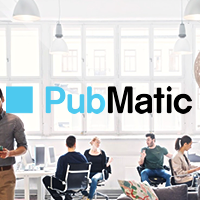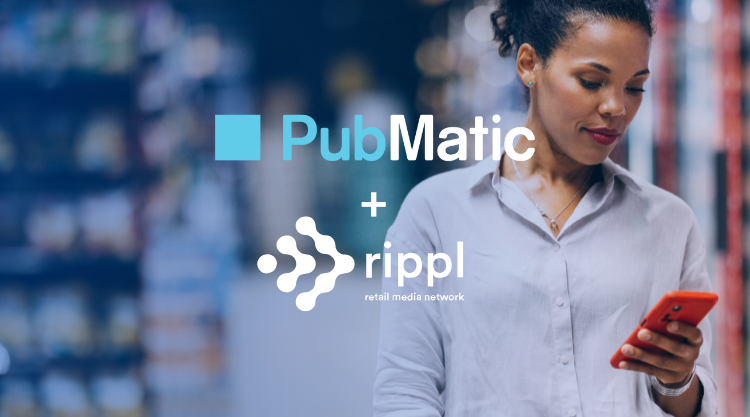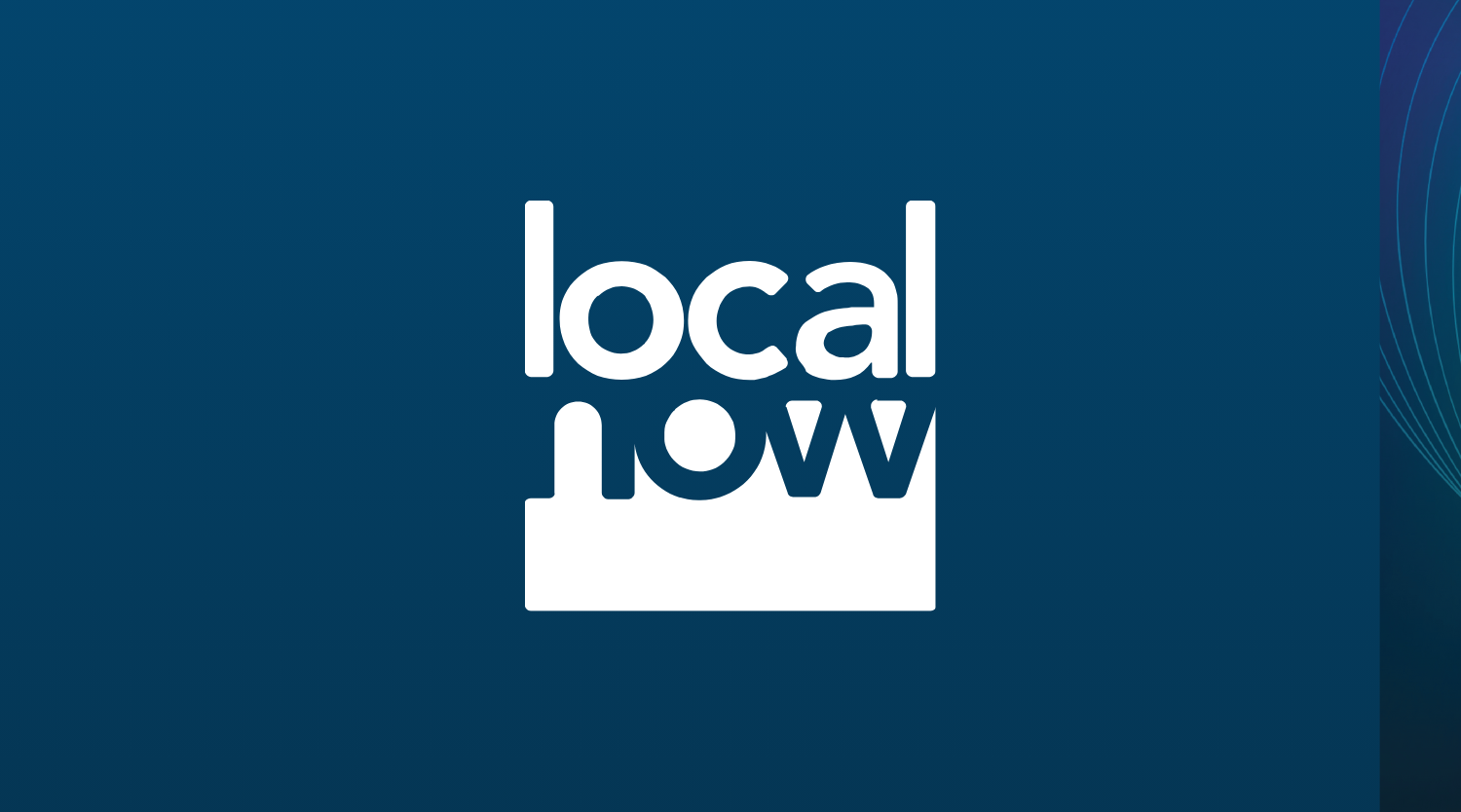Across almost every industry, the silver lining emerging from the pandemic is that business problems that long festered under the surface have suddenly become urgent, and solutions are being adopted with a rapidity never seen before.
The TV and Video industry is no exception. Take CTV. A year ago, with no pandemic in sight, executives at PubMatic, a programmatic innovator, began to wrestle with a number of problems they had found were inherent in the ways in which ads were being delivered through OTT and CTV. The industry was faced, says Craig Berlingo, product lead, CTV & OTT at PubMatic, with “all the interesting nuances and trickiness around delivering a TV-like experience over digital pipes.” This was compounded, he says, by the different types of “televisions and other devices that a lot of ad tech wasn’t really built for.”
With no cookies or JavaScript aiding in verification, notes Mike Chowla, senior director of product management at PubMatic and chair of Prebid’s Video Taskforce, “we saw publishers gluing stuff together using lots of different processes in order to make these things happen.” And that, he cautions, “doesn’t scale very well.”
This, Chowla notes, adds risk to the always fragile relationship that publishers have with their viewers. Make a mistake with the sorts of ads that are being served—if they are, for example, inappropriate, redundant, or competitive—he notes, and users may be turned off to the show—and the content provider.
_____________________________________________________________________________________
If these were problems before COVID, the pandemic has intensified them, accelerating the need for a solution.
_____________________________________________________________________________________
COVID Compounds the Problem
If these were problems before COVID, the pandemic has only intensified them, accelerating the need for a solution such as OpenWrap OTT, the new product PubMatic introduced this month.
“There’s higher connected TV and streaming consumption now,” says Chowla. “And as OTT viewership has grown, so has inventory. Direct ad sales haven’t been able to keep up. So, while publishers still get a lot of benefits selling direct and are unlikely to totally give up on that model, they’re not going to be able to sell everything direct.”
Adding to the problem, Chowla notes, is the current uncertainty in the economy. “Many advertisers don’t want to do large upfront buys because they don’t know what the situation will be and they feel they need flexibility,” he says. “Shifting their dollars into programmatic channels allows them to be nimbler and more responsive.” This responsiveness, adds Berlingo, is aided by the fact that “programmatic is built for making decisions within tens of milliseconds.” With supply fluctuating and advertisers and buyers trying to figure out what makes sense in this economy, he adds, “buyers can experiment a bit more and say, ‘Let me buy some CTV and see what the effect is.’”
The result of that experimentation, Chowla and Berlingo agree, will be permanent change. “Sure, there will be a mix of both for a while,” Berlingo concedes. However, says Chowla, “having seen the benefits of a new, more flexible way of doing this, they’re not going to go back to the old way.”
Playing Well in the Ecosystem
This new, more flexible way, Berlingo explains, “brings together all of the publisher’s demand partners and the different campaigns they have access to in one spot so they can compete together, having access to all of their advertiser relationships, as well as such different methods as deals, insertion orders, and open and closed auctions.” For PubMatic, notes Chowla, that means “sitting in the middle and playing well in the ecosystem—and doing that while adhering to all the business rules” by “abstracting out and finding the patterns.”
The ability to do this is perhaps most evident in PubMatic’s approach to ad pods.
Moving beyond a particular ad slot to an entire ad pod, says Berlingo, can be a “big challenge for publishers when they have relationships with buyers who want to use different platforms.” From a technical point of view, applying multiple business rules can be an impediment, especially in a waterfall situation where, as Chowla explains, “to make sure there aren’t two advertisers in the same category you sell the first slot and then move on, in a very manual process, to sell the second slot and then the third slot.”
_____________________________________________________________________________________
Using Prebid increases transparency and, in the process, “improves people’s confidence in the industry.”
_____________________________________________________________________________________
Chowla explains that PubMatic built its technology on Prebid, a free open source suite of header bidding-oriented software. With this foundation, he notes, it’s possible to do parallel bidding across exchanges and replace manual processes with machine learning. As a result, adds Berlingo, “you can publish everything right on our platform and ask for an ad pod across all sources of demand,” all the while increasing competition for every impression and, in the process, boosting publisher yield. This takes the publisher from a situation, Chowla says, “where maybe they would have had one or two programmatic partners in a waterfall, to now having the ability to look at every impression. It means that everything you don’t sell directly you can get the best yield from.” Using Prebid, he says, increases transparency and, in the process, “improves people’s confidence in the industry,” ensuring, for example, that no vendor is “putting its thumb on the scale and favoring its own demand.”
Meeting Dynamic Demands
It’s clear that even post-COVID, the need for quick, machine-learning-based ad placement is not about to abate. The return of live sports, for example will be emblematic of the growth of live content overall. “You never know when the time out is going to be called,” Berlingo says. “Suddenly we’ll be going to commercial break, and everyone needs to be ready and able to scale.” Even with programmatic sales, adds Chowla, “it’s difficult to meet dynamic demand within live content. The techniques—the underlying tech—needs to continue to evolve.”
These demands will increase even further, Chowla says, as a higher and higher percentage of TV ad inventories become addressable, providing an opportunity for much finer-grain targeting.”
What Berlingo and Chowla saw last year, working with PubMatic VP of Video Jonas Olsen and a team of engineers and product managers, only began to address a TV and Video revolution that clearly needed taming. In the light of COVID, as well as the gains PubMatic has made in developing its new OpenWrap OTT product, this is, says Chowla, “an opportunity that just keeps expanding over time.”
Next week, we’ll look at the ways in which buyers, in particular, can benefit from a clearer connection between the stability of linear and the potential of programmatic.
Originally published in MediaPost





